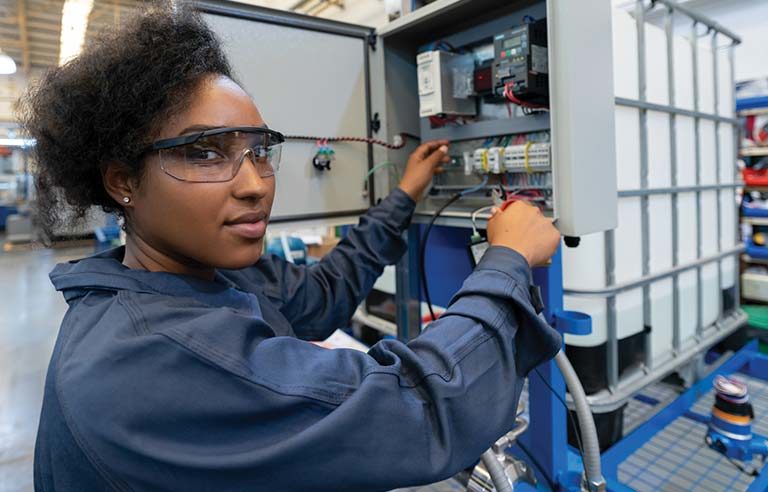Situational awareness
A ‘separate dimension of hazard control’

As an emergency management instructor in the U.S. Air Force, Cory Worden taught the importance of staying vigilant against potential attacks, chemical/biological weapon exposure and other battlefield dangers.
Working in the health care industry after his military career, Worden realized that many of the same lessons he once taught also applied to helping keep workers in this field on their toes and alert – and ultimately safe. One of the most significant lessons he learned: Standard operating procedures, regulatory compliance, checklists and other preparations are powerless if people don’t react when it’s necessary. This means developing and fostering situational awareness is crucial.
Some employers struggle with understanding how their workers can become situationally aware or have a lack of awareness, said Rajni Walia, vice president of client engagement for DEKRA Organizational Safety and Reliability.
“Situational awareness is being mindful of changes in exposures as they occur,” Walia said. “An individual can’t be situationally aware 100% of the time, and that’s where the challenge is.”
Training and reinforcement
Situational awareness “creates a separate dimension of hazard control” because it requires specialized education, training and conditioning – or reinforcing exercises such as real-time simulations, Worden said.
The goal is to get workers accustomed to identifying hazards, understanding what actions to take, and knowing where to find needed equipment such as respirators and how to use it.
One training tactic the U.S. Air Force uses is the OODA loop – developed by late Air Force Col. and fighter pilot John Boyd. In safety, that process involves:
OODA loop |
|
| O | bserving, or seeing hazards or threats |
| O | rienting – recalling what hazard controls are available |
| D | eciding, specifically which hazard controls to use |
| A | cting |
Another key concept for employee training is the “what if” strategy: identifying common situations that could prove hazardous and then considering ways to prevent or properly react to them.
“If we don’t train people to have situational awareness, then all the compliance and all the programs really don’t matter because they don’t get used in real time,” said Worden, now a safety advisor for the City of Houston Department of Health.
Training for situational awareness is part of a tiered, dimensional process, Worden said. After following all applicable regulations and implementing the Hierarchy of Controls, the third step is to “implement the full safety improvement cycle”: hazard analysis, hazard control, communication, leading and lagging indicators, investigations, and the use of a safety committee for engagement.Associate Editor Alan Ferguson discusses this article in the March 2021 episode of Safety+Health's “On the Safe Side” podcast.
“With this implemented, exercises allow for real-time applications of the hazard controls and training, along with continued reinforcement of situational awareness,” Worden said. “In many cases, incidents occur because teams will implement regulatory compliance and then stop.” He added that sometimes employers don’t provide “consistent and frequent” communication to reinforce expectations.
“I think the key is it can’t be a buzzword,” said Kris Corbett, director of Atlas Injury Prevention Solutions. “It has to be something that is kind of dripped over and over so that it’s something that’s always in the forefront of people’s minds.”
Post a comment to this article
Safety+Health welcomes comments that promote respectful dialogue. Please stay on topic. Comments that contain personal attacks, profanity or abusive language – or those aggressively promoting products or services – will be removed. We reserve the right to determine which comments violate our comment policy. (Anonymous comments are welcome; merely skip the “name” field in the comment box. An email address is required but will not be included with your comment.)

